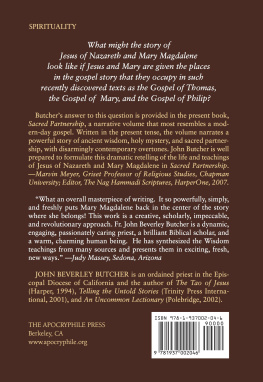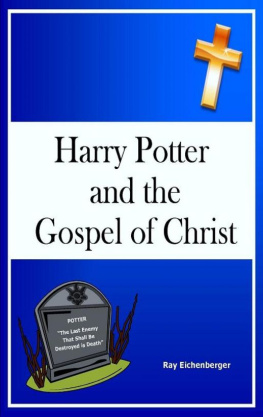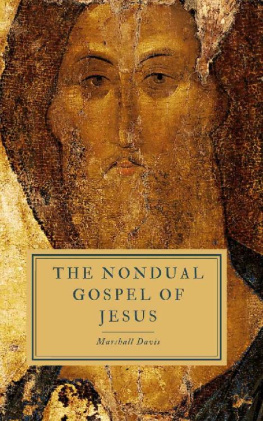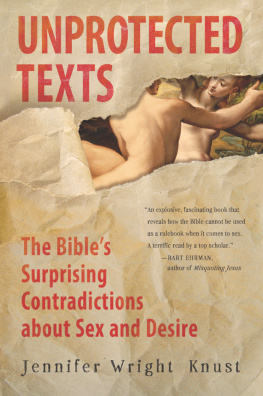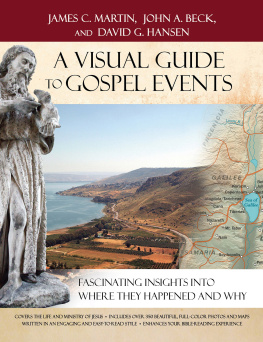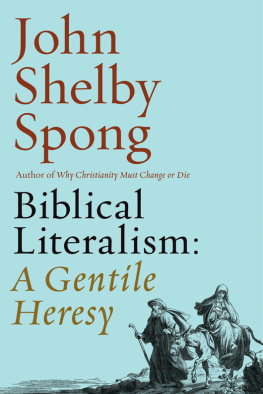
TO CAST THE FIRST STONE
To Cast the First Stone
THE TRANSMISSION OF A GOSPEL STORY
JENNIFER KNUST AND TOMMY WASSERMAN
PRINCETON UNIVERSITY PRESS
PRINCETON & OXFORD
Copyright 2019 by Princeton University Press
Published by Princeton University Press,
41 William Street, Princeton, New Jersey 08540
In the United Kingdom: Princeton University Press,
6 Oxford Street, Woodstock, Oxfordshire OX20 1TR
press.princeton.edu
All Rights Reserved
LCCN 2018935440
ISBN 978-0-691-16988-0
British Library Cataloging-in-Publication Data is available
Editorial: Fred Appel and Thalia Leaf
Production Editorial: Sara Lerner
Jacket Design: Amanda Weiss
Jacket Credit: From the Illuminated Gospels depicting the pericope adulterae.
Florence: Biblioteca Medicea Laurenziana, Ms. Plut. 6.23 (Codex 187), fol. 184v. Su concessione del MiBACT evietata ogni ulteriore riproduzione con qualsiasi mezzo. Courtesy of Biblioteca Medicea Laurenziana Firenze.
Production: Erin Suydam
Publicity: Tayler Lord
Copyeditor: Cathryn L. Slovensky
This book has been composed in Arno Pro
Printed on acid-free paper.
Printed in the United States of America
10 9 8 7 6 5 4 3 2 1
For David C. Parker on the occasion of his retirement
CONTENTS
ILLUSTRATIONS & TABLES
Illustrations
Tables
ACKNOWLEDGMENTS
Our collaborative work of tracking and interpreting the long, winding path of the pericope adulterae through text, edition, commentary, liturgy, and art began more than a decade ago when, coincidentally, we had the good fortune of sitting next to each other at an annual meeting of the Society of Biblical Literature. Tommy had already published an essay on the story as it appears in the Patmos Family of manuscripts. Jennifer had published her own essay on receptions of the story in late antiquity. We had traded these publications and were aware of each others scholarship, but we had never met in person. Chatting about our shared interests in between presentations that afternoon, Tommy suggested that we consider examining the interpretive embellishments to Jesuss writing on the ground together, an invitation Jennifer readily accepted. And so it began, as we chased down leads, compiled data, shared insights, and interpreted our findings, building bridges across our distinctive approaches, varying training, and occasionally divergent points of view. Emailing reports, queries, and suggestions back and forth across an ocean, through several time zones, and past national as well as cultural borders, we soon discovered that we learned much more together than apart. Tommys textual expertise demanded that we get every critical detail right. Jennifers historical perspective refused to be satisfied until every textual detail had been placed within a broader historical-cultural context. Jennifer tended to like to make bold claims about the contemporary significance of their shared findings, while Tommy often preferred a more measured approach. These and other differences helped to strengthen our judgment and our points of view even as our similar sensibilities about the value of solid, thoughtful, and ethically sound scholarship drew us closer. Our compromises and our shared insights helped us to achieve together what we would not have been able to accomplish apart. We have therefore stayed the course, moving from paper presentation, to publication, and, finally, to this book. In a world where collaboration can sometimes be an exception rather than a rule, we first want to acknowledge our deep gratitude to each other. Respecting and admiring each others perspectives, we value what the other offers even whenor actually becausethose contributions are not the same. Trust, respect, and admiration have sustained us throughout this project, teaching us a great deal about who we are, who we have been, and who we want to be.
Working collaboratively, however, can be slow. Our editor, Fred Appel, deserves special thanks for putting up with us while we (over?) indulged our shared perfectionism and our inability to stop ourselves from chasing after one more clue, consulting one more resource, and seeking advice from one more colleague. It takes time for us to check with each other to ensure that we are both satisfied with the results of what we have just written, which has prolonged the process even more. And so we mention him first. Thanks, Fred! Thank you for your patient advice, your crucial assistance, and for shepherding this project (finally) to its end. Many thanks also to Thalia Leaf, Cathy Slovensky, Sara Lerner, and everyone at Princeton University Press for their careful review at every step of the publication process.
Along the way, our pursuit of accuracy has led us to consult a number of scholars with expertise that exceeds our own. So many colleagues have responded with stunning generosity to our requests for advice. These friends, some of whom were initially strangers, have taught us what collaboration can accomplish. We are particularly grateful to Amy Anderson, Richard Bishop, Harald Buchinger, Jeremiah Coogan, Hugh Houghton, Chris Keith, Jan Krans, David Parker, Maurice Robinson, Lana Sloutsky, Holger Villadsen, Teunis van Lopik, and Klaus Wachtel; each of these scholars read drafts of relevant chapters or sections of chapters and offered detailed, substantive, and extremely valuable feedback, critique, and bibliography; they also shared data collected for their own projects, whether or not this material had already been published. The precision of their work has (we hope) helped us avoid numerous gaffes, and their kindness to us will never be forgotten. Others have offered important advice at just the right time, as we followed various leads and sought to interpret important evidence. Many thanks to Alexander Alexakis, Christian Askeland, Roger Bagnall, Elizabeth Castelli, Christopher Celenza, Bart Ehrman, Eldon Epp, Fiona Griffiths, Deeana Klepper, Maura Lafferty, Jacob Latham, Peter Lorenz, Thomas OLoughlin, Stratis Papaioannou, Dieter Roth, Ulrich Schmid, Holger Strutwolf, and Karen Westerfield-Tucker, each of whom pointed us in the right direction. We have also received crucial assistance from a number of our former students: Jeremy Galen helped locate early Christian art, Krista Millay and Lindsey Nielsen helped compile bibliography, Alexis Felder checked references, Lana Sloutsky helped us obtain permissions, and, during the eleventh hour, Brandon Simonson double-checked every footnote and worked with us to finish the bibliography. Brandons talent for precision and careful attention to detail helped us to identify a number of problems before it was too late. Thank you, Brandon! Archivist and librarian Lukasz Pomorski helped us locate and obtain an image we needed when we had given up hope. We also want to acknowledge the energetic assessments of our three anonymous evaluators: this manuscript was evaluated for publication both at an earlier stage and after submission of the full manuscript. At both stages, our Princeton readers offered essential, critical commentary, helping us to reshape some of our arguments and deepen others. As we hope they will notice, we have endeavored to take their guidance to heart.
Next page



